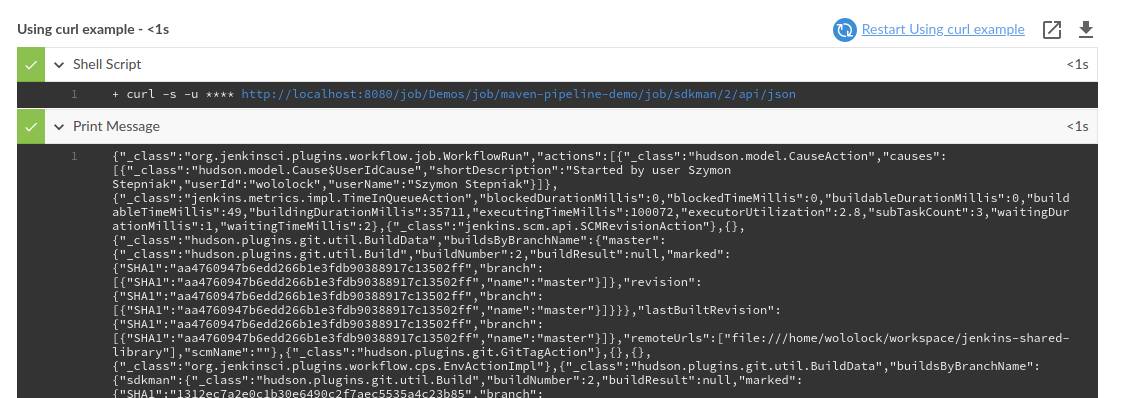

Getting response headers using curl in PHP requires the use of the curl_getinfo() function. The curl_close() function is used to close the curl resource. The curl_exec() function is used to execute the request and retrieve the response. The curl_setopt() function is used to set the options for the curl resource. The curl_init() function is used to create a curl resource and set the options. The cURL extension provides a set of functions for handling HTTP requests and responses. Curl in PHP is achieved using the cURL extension, which is included in most PHP installations. In PHP, developers can use curl to retrieve data from a remote server, send data to a remote server, and get response headers. Curl is widely used by developers because of its ability to automate the downloading or transferring of files, sending and receiving data, and integration with other tools and systems. It supports many protocols, including HTTP, HTTPS, FTP, SFTP, LDAP, SMTP, and many more. I can provide more information about the previous topics of curl and getting response headers in PHP.Ĭurl is a command-line tool for transferring data between two servers. With the examples provided in this article, developers can now easily use curl to get response headers in PHP. This can be useful in developing REST APIs, integrating with other systems, or automating tasks. The ability to get response headers allows developers to retrieve meta-information about the response, such as the content-type, content-length, and many other important details. Using curl, developers can easily automate the process of retrieving data from a remote server, sending data to a remote server, and getting response headers.
#Php curl response headers how to
In this article, we discussed how to use curl in PHP to get response headers from a remote server.

We then close the curl resource using the curl_close() function. If the key starts with 'header_', we remove the 'header_' prefix and output the key-value pair as a header. We then loop through all keys in the $info variable. We then use the curl_getinfo() to retrieve information about the last transfer made with curl and store it in the $info variable.

We then execute the request using the curl_exec() function and store the returned data in the $output variable. $headerKey = str_replace( 'header_', '', $key) Here's an example of how to get response headers using curl in PHP:

The curl_getinfo() function is used to retrieve information about the last transfer made with curl. To get response headers using curl in PHP, we can use the curl_getinfo() function. Now that we understand the basics of using curl in PHP, let's move on to getting response headers. Finally, we close the curl resource using the curl_close() function. We also set the CURLOPT_RETURNTRANSFER option to 1 so that the returned data is returned as a string instead of being output directly to the browser. We then set the URL of the remote server using the CURLOPT_URL option. In the above code, we first create a curl resource using the curl_init() function.


 0 kommentar(er)
0 kommentar(er)
